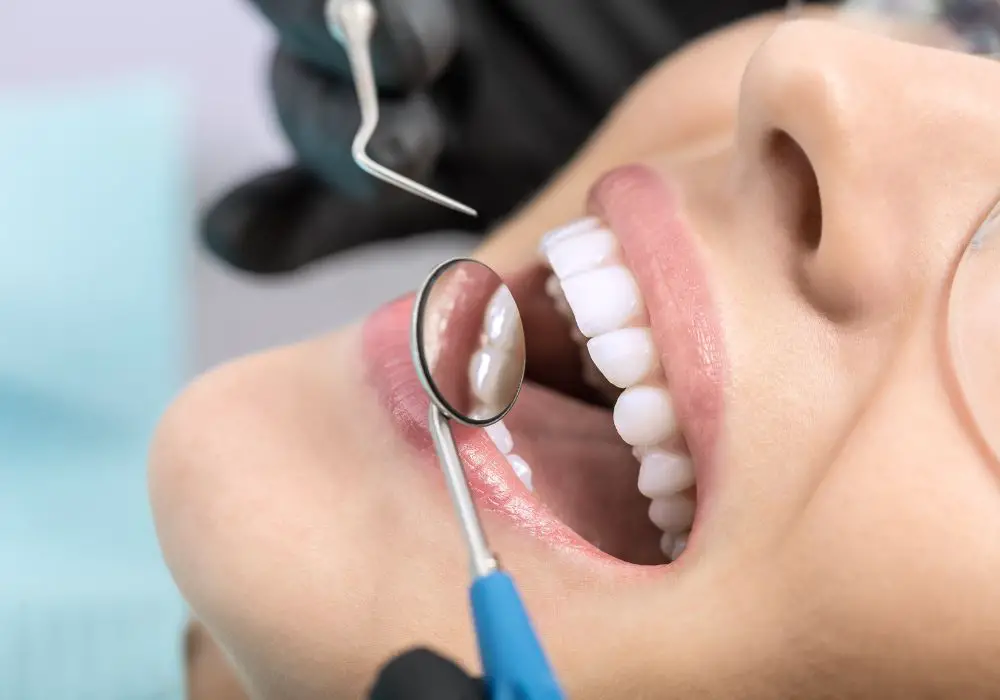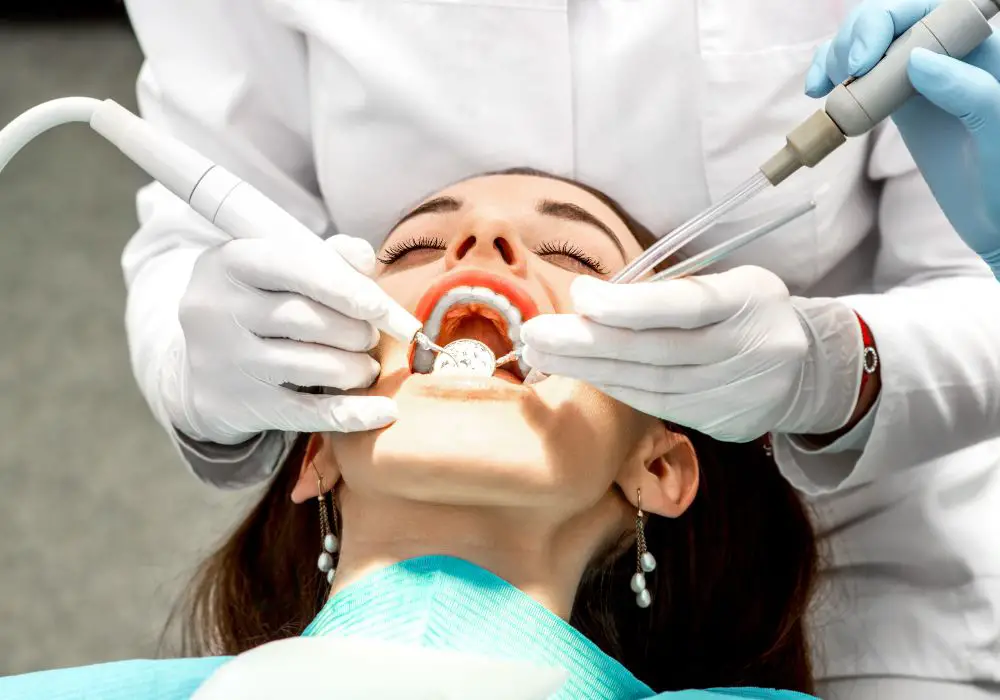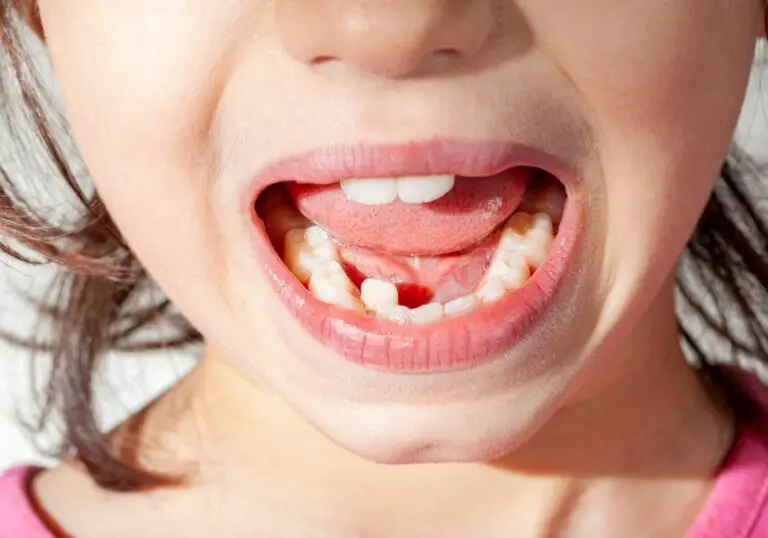Going to the dentist can be an expensive endeavor. Even with dental insurance, the costs of exams, cleanings, fillings, crowns and other procedures can really add up over time. So why exactly is getting work done on your teeth so costly? There are several factors that contribute to the high price tag of dental care.
The Costs of Operating a Dental Practice

Dentists have many overhead expenses that factor into what they charge patients. Some of the major costs include:
Equipment and Technology
Dental practices need a variety of expensive equipment and technology including:
- Dental chairs – $8,000 to $20,000 each
- X-ray machines – $8,000 to $35,000
- CAD/CAM technology for crowns and veneers – $40,000 to $150,000
- Autoclave sterilization machines – $3,500 to $7,500
- Handpieces (drills) – $600 to $5,000 each
- Lasers – $20,000 to $100,000
This equipment requires regular maintenance and upgrades as well.
Dental Supplies and Materials
The supplies that dentists use on a daily basis are not cheap. These include:
- Disposable gloves, masks, and other protective equipment
- Anesthetics and medications
- Filling materials such as composite resin and amalgam
- Crowns and veneers
- Dental implants and components
The costs per item may not seem very high, but they add up quickly with the volume of patients and procedures.
Office Space and Staff
Dentists have to pay for office space, equipment, staff salaries and benefits. Staff often includes dental hygienists, assistants, front office administrators and sometimes lab technicians. Paying this team contributes significantly to overhead.
Liability Insurance
Dentists pay extremely high insurance premiums due to the high liability risks of practicing dentistry. Premiums can be $40,000 per year or more for a single dentist.
All of these substantial overhead costs mean dentists need to charge more for their services in order to cover expenses and make a reasonable profit.
Advanced Technology and Treatments
New technologies and advanced treatments in dentistry also drive up costs. Some examples include:
- Dental Implants – Titanium implants fused to the jawbone can cost $1,000 to $3,000 per implant. These involve high lab fees.
- Invisalign – The average cost of these removable clear aligners ranges from $3,500 to $8,000 for treatment, which is more expensive compared to traditional braces.
- Dental Lasers – Lasers can sterilize, cut tissue, remove decay and more. However, they cost tens of thousands for the equipment.
- Digital X-Rays – Digital x-rays produce instant, high quality images but require expensive sensors and software.
- CEREC Crowns – These custom milled ceramic crowns are made chairside in one visit, but utilize high-tech CAD/CAM equipment.
Many dentists invest in advanced tech to improve patient care. However, this gets passed on as higher costs.
High Lab Fees
When dentists use outside labs to fabricate dentures, crowns, bridges, surgical guides for implants and more, these labs charge fees for their services. Highly skilled lab technicians command high pay. These lab fees are incorporated into what patients are charged for the end product.
Education Costs
Becoming a dentist requires many years of expensive education. Aspiring dentists typically complete a four year bachelor’s degree followed by four years of dental school. The total costs of this education can exceed $300,000. Dentists have to pay off these huge debts and also pay continuing education costs over their career. These expenses ultimately feed into patient fees.
Less Competition
There are fewer practicing dentists relative to demand and population growth. This means dentists face less competition and can charge more. Here are some stats:
- There are approximately 200,000 dentists in the U.S.
- In 2021, there were about 60 dentists per 100,000 people in the U.S.
- The American Dental Association estimates a shortfall of nearly 10,000 dentists by 2025.
- Approximately 45 million Americans reside in dental shortage areas with inadequate access.
- Long wait times for appointments can result.
Less competition allows dentists to negotiate higher reimbursements from insurance too. All of this enables higher pricing for consumers.
Lack of Pricing Transparency

Unlike medical procedures where pricing is sometimes disclosed upfront, it’s challenging for a patient to obtain price quotes for dental work ahead of time. This lack of transparency enables high pricing since customers can’t compare shop. Pricing is usually revealed once work is underway. Most dentists are also reticent to discuss fees over the phone. Opaque pricing reinforces the notion that dentistry is expensive.
High Cost Specialties
Certain dental specialists like periodontists and orthodontists who focus on a specific branch of dentistry are even more expensive. For example:
- Orthodontist fees for braces range from $3,000 to $7,000 compared to general dentist fees of $2,000 to $6,000.
- Periodontists may charge $500 to $600 per quadrant for deep cleanings while general dentist fees are $100 to $300 per quadrant.
These specialists have additional education and overhead driving up costs. Their narrowly focused practices also face less competition and allow for higher pricing.
Increase in Cosmetic Dentistry
Cosmetic dentistry like teeth whitening, veneers and cosmetic bonding have grown increasingly popular. However, because insurance typically doesn’t cover elective cosmetic procedures, dentists can charge more out of pocket. Some examples:
- Porcelain veneers cost $925 to $2,500 per tooth
- Teeth whitening runs $500 to $1,000 per treatment
- Composite resin bonding costs $200 to $600 per tooth.
Consumers pay extra for these cosmetic upgrades out of their own pockets.
Summary Table of Why Dentistry is Expensive
| Reason | Contributing Factors |
|---|---|
| Equipment/Technology | Expensive dental equipment like chairs, x-rays; Requires constant upgrades |
| Supplies/Materials | Disposables, medications, crowns, implants |
| Office Overhead | Staff, insurance, rent |
| Advanced Treatments | Implants, Invisalign, dental lasers |
| Lab Fees | Outsourced dental lab work is costly |
| Education Costs | Dental school totals $200,000 to $300,000 |
| Less Competition | Shortage of dentists relative to population |
| Pricing Opacity | Lack of transparency on pricing |
| Specialists | Periodontists, orthodontists charge more |
| Cosmetic Dentistry | Whitening, veneers largely not covered by insurance |
Strategies to Reduce Dental Costs

The high costs of dental care can feel daunting, but there are some strategies that can help minimize expenses:
- Get regular preventive care to avoid costly large procedures later on.
- Shop around for a dentist that offers fair pricing.
- Ask your dentist to explain costs for a procedure ahead of time.
- Consider dental tourism for large, expensive treatments.
- Purchase dental insurance or a discounted dental plan.
- Use financing like CareCredit if you need extensive work done.
- Ask about cash discounts for paying upfront instead of billing insurance.
- Go to a dental school clinic where fees are 25%-50% lower.
- Bundle multiple treatments together to decrease total costs.
- Get cosmetic work like whitening done at your regular cleaning.
- Purchase supplies like dental floss in bulk quantities to save.
Frequently Asked Questions
Why are some dental treatments like fillings cheaper than others?
The cost of dental fillings depends on the material used. Composite resin fillings are more expensive than amalgam or gold fillings. Composite fillings typically cost between $150-$250 per filling while amalgam fillings average $75-$200 per filling. The price varies based on the size of the cavity and how many tooth surfaces are involved. Composite fillings involve bonding materials to the tooth which raises the cost. Amalgam fillings are more straightforward to insert.
How much savings can you expect from dental tourism?
Some estimates suggest dental tourism can offer savings of 50-75% on expensive procedures like implants, crowns, veneers and complex bridgework. For example, a single dental implant in the U.S. may be $3,000 but cost $800 in Mexico. The savings can really add up for those needing full mouth restorations. The downside is having to travel for care.
Why don’t more dentists offer pricing transparency?
Many dentists avoid discussing pricing over the phone or posting prices online for several reasons. First, each patient’s mouth is unique, making it hard to quote generalized pricing. Second, pricing can depend on your insurance coverage. Finally, lack of pricing transparency maintains the perception that dentistry is expensive and prevents patients from comparison shopping.
Should I get cosmetic dentistry if I don’t have dental insurance?
Cosmetic dentistry procedures like veneers or whitening are always an out-of-pocket cost since they are not medically necessary. You’ll have to weigh how important the cosmetic upgrade is against the price. Many dentists do offer payment plans for those who pay upfront instead of billing insurance. Getting cosmetic work done with your regular cleaning can also decrease costs.
Why are dental crowns so expensive?
The high cost of dental crowns is due to the materials, dentist’s time and dental lab expense. Porcelain fused to metal crowns average $800-$1,500 per tooth. Porcelain crowns are more, ranging from $800-$3,000. The dentist has to remove tooth structure, take impressions or scans, temporize the tooth and cement the custom-made crown. Outsourced dental lab fees also drive up the cost. With the materials and time involved, it’s not surprising that crowns are pricey.
Conclusion
While high, dental costs are driven up for legitimate reasons like expensive overhead and low provider competition. Advanced modern equipment and treatments also command top dollar. When costs are opaque, it further cements the idea that dentistry is pricey. But following proactive strategies can help you save on dental care. With some diligence, getting your teeth taken care of doesn’t have to break the bank.






